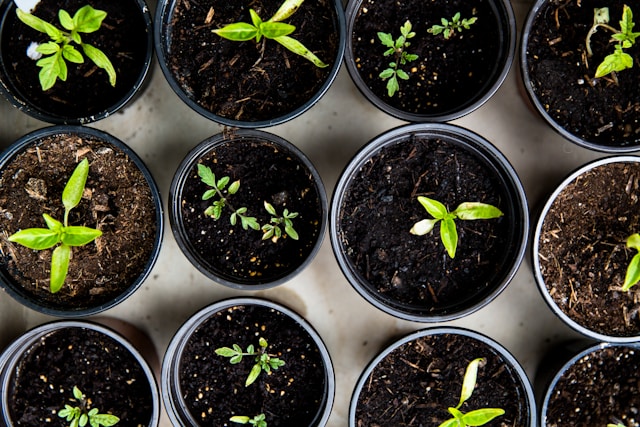Physical Address
304 North Cardinal St.
Dorchester Center, MA 02124
Physical Address
304 North Cardinal St.
Dorchester Center, MA 02124

Gardening enthusiasts and beginners alike often wonder how to maximize productivity in their raised bed gardens. At SowHaven, we believe anyone can create a thriving raised bed garden with the right approach. Whether you use raised borders or simply mound the soil, the advantages of raised bed gardening are undeniable. From improved soil structure to better drainage, these gardens offer a productive and healthy growing environment—even if you’re starting with poor ground conditions or pavement.
Here, we’ll guide you through essential steps to design, construct, and maintain a productive raised bed garden while meeting the highest standards of expertise, accuracy, and usefulness.
Selecting the right material for your raised bed is crucial for durability and plant health. Each option comes with its pros and cons:
Pro Tip: To prevent bowing in wood-based beds, align the grain inward and reinforce long sides with anchor stakes.
Raised bed dimensions affect both convenience and plant health:

Pro Tip: Deeper beds (18 inches or more) promote healthier roots and taller, more productive plants.
The quality of your soil is the foundation of a productive garden. Here’s our recommended recipe for nutrient-rich soil:
Amend soil twice a year with compost, aged leaves, or wood chips to maintain fertility. Ensure your soil crumbles easily when squeezed—a sign of ideal structure.

Raised beds allow you to overcome poor soil conditions, manage drainage, and control the growing environment. With the right materials, dimensions, and soil composition, your garden will flourish.
At SowHaven, we’re committed to helping you create a thriving garden. Whether you’re starting on bare ground or asphalt, raised beds make it possible to grow healthy, productive plants anywhere. Follow these tips, and you’ll enjoy the benefits of raised bed gardening for years to come.
Raised bed gardening is about more than convenience; it’s a method that empowers gardeners to create optimal growing conditions. From selecting safe, durable materials to perfecting your soil mix, every detail matters. By following these guidelines, you’ll cultivate a garden that’s as productive as it is sustainable. For more expert advice, visit SowHaven and let us help you grow your best garden yet.